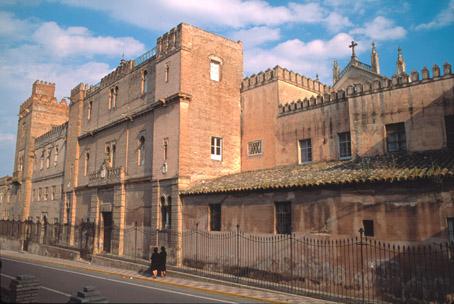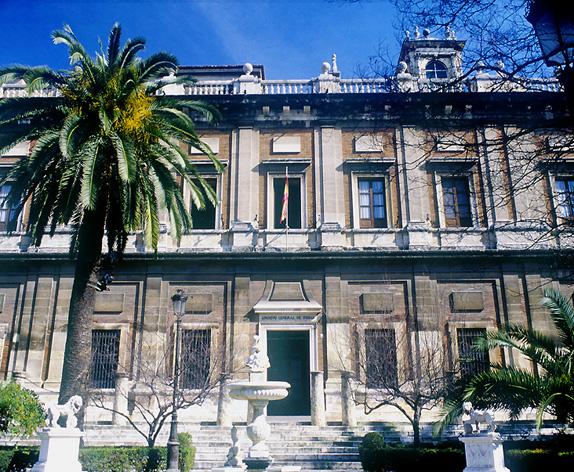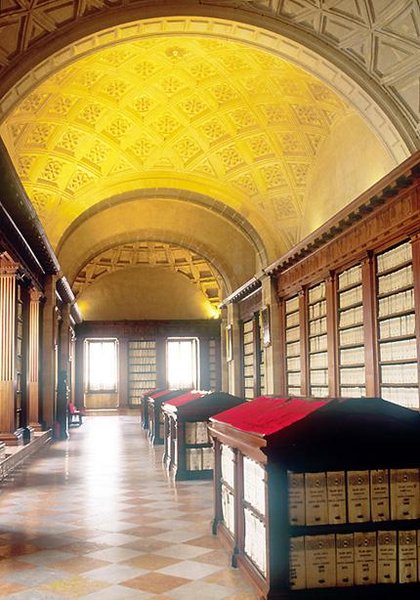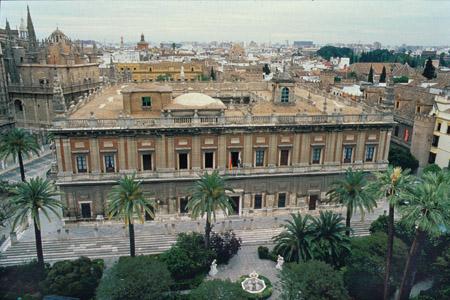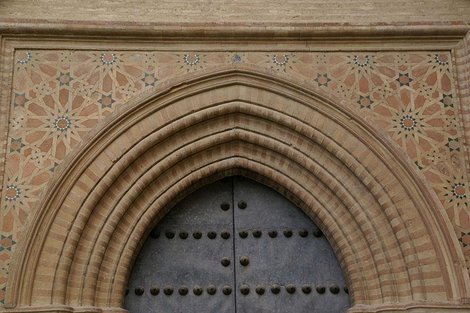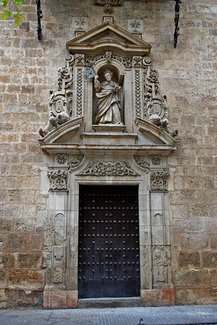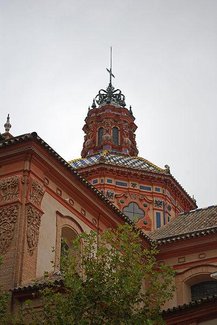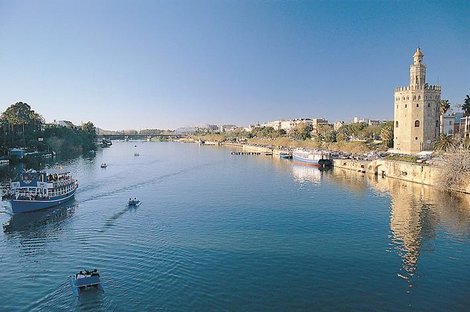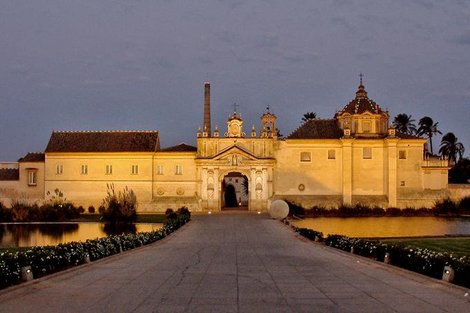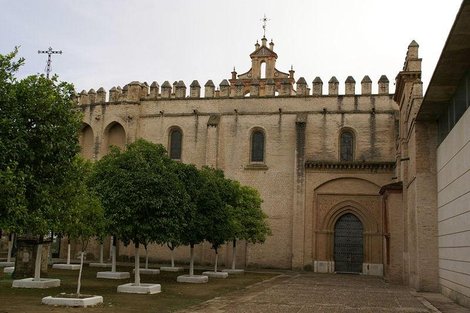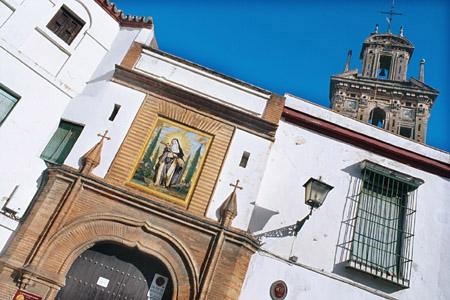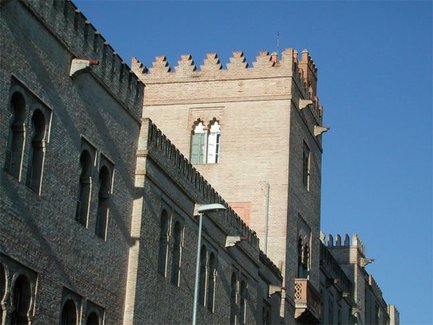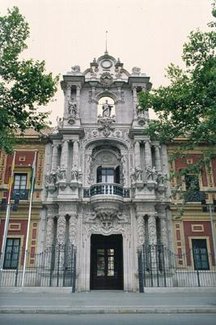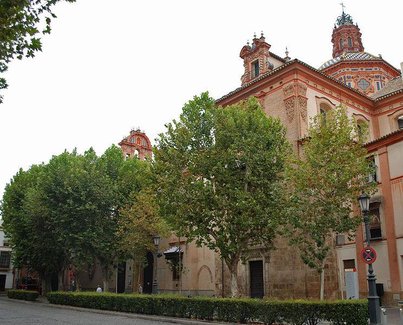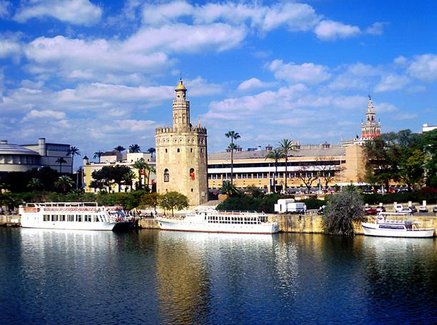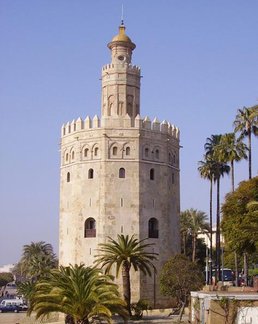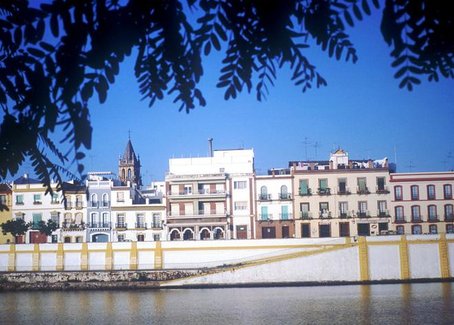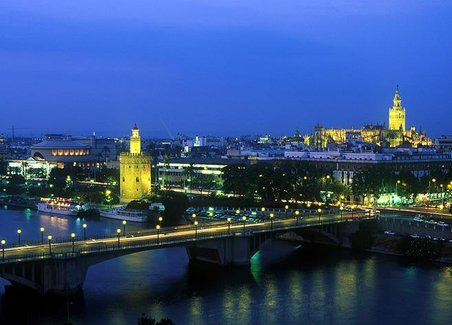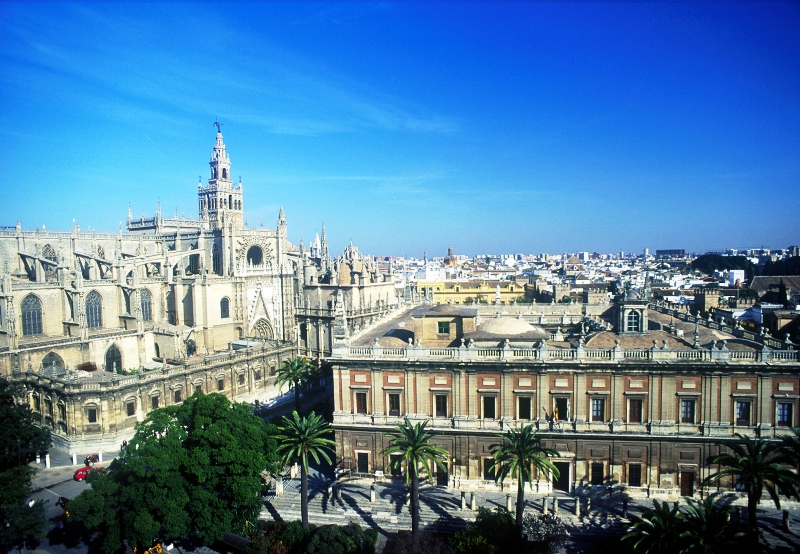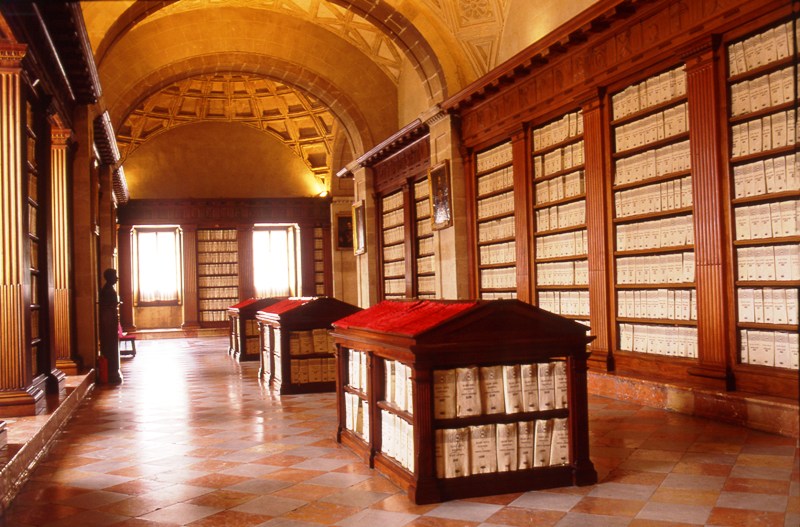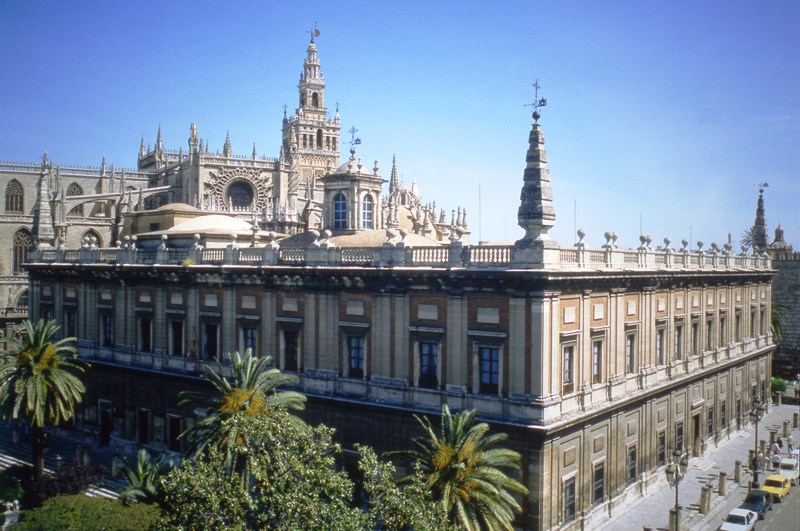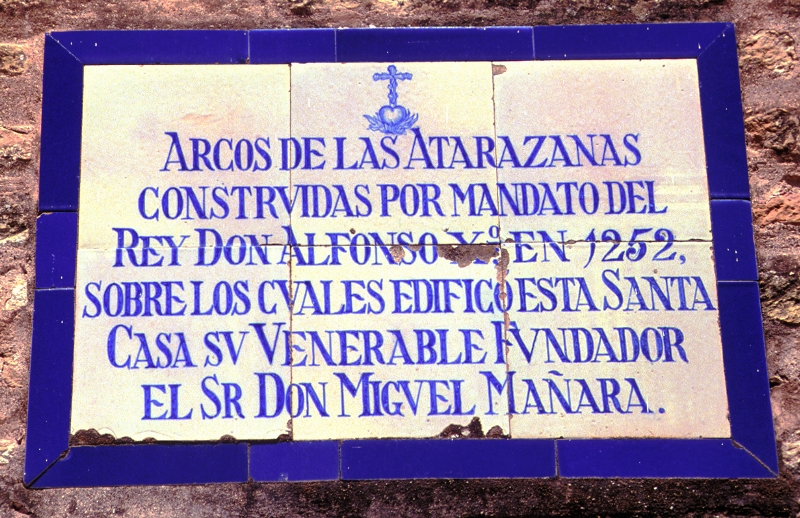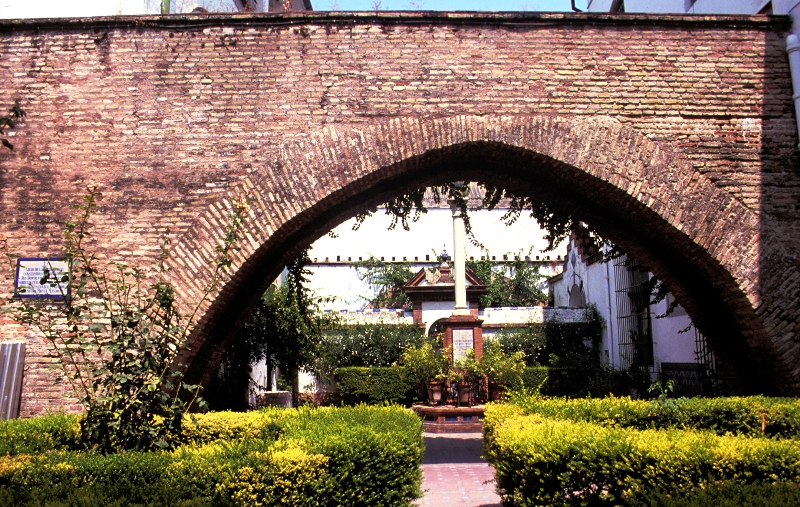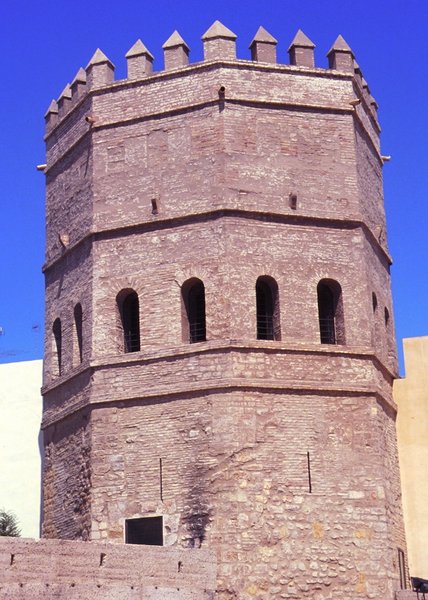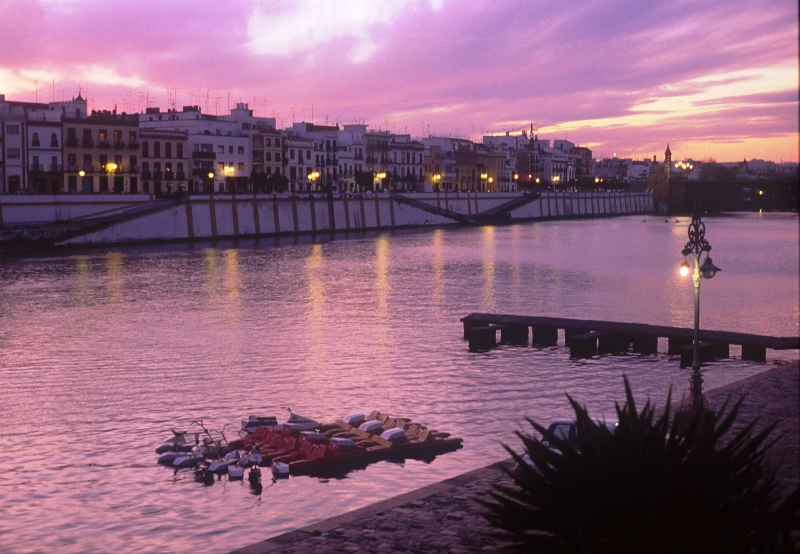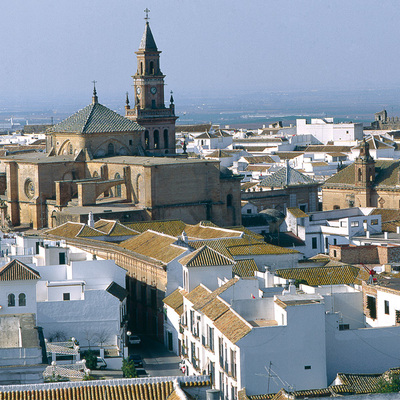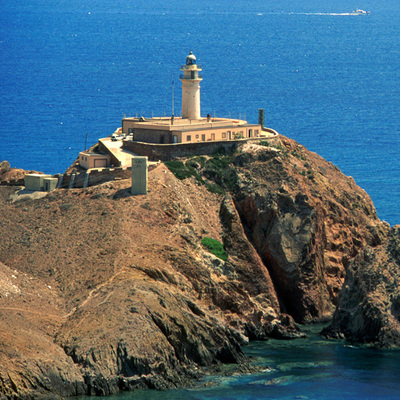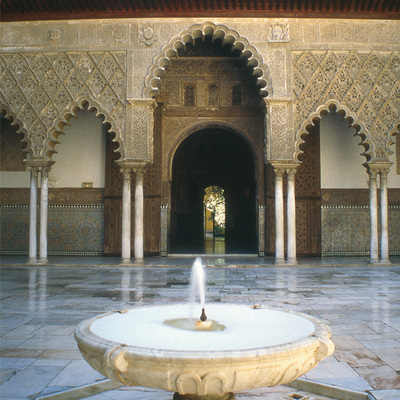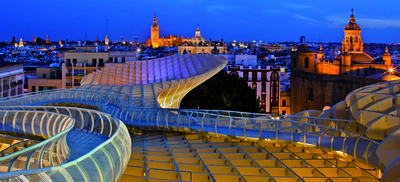The gateway to America
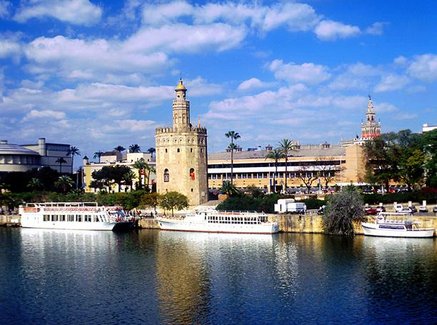
The discovery of America and its subsequent events made Seville one of the most important cities of its time. The centre of the trade monopoly of the New World, it was the base for seafaring operations in the Atlantic and Pacific for over two hundred years.
The impact of those times has left an indelible mark, which is manifest in numerous religious, civil and administrative buildings of various kinds.
These ranged from places related to Christopher Columbus, who resided during his visits at the Monasterio de la Cartuja (15th-18th C.), situated in the centre of the Expo´92 site, and at the old Colegio de San Laureano (16t h C.), where his son, Hernando, was to build his house and gardens, to a complex mosaic of architectural examples.
Three categories may be established in order to distinguish the traces left by contact with America. Firstly, the port, the very core of Seville´s past.
Its wharves witnessed the setting sail and the return of the First Voyage around the world by Magallanes and Elcano. On the left bank, the Arenal, which includes the Atarazanas (13th-18th C.), served as an arsenal and supply depot. Also here are the symbolic Torre del Oro and Torre de la Plata (The Gold Tower and the Silver Tower), and the Arab wall which formed part of the old Customs Area, where the merchandise entering the city was stored on its way to the Casa de la Contratación (Chamber of Commerce). This was situated in the Alcázar, and was the office which controlled the traffic and preparation of the fleets.
Precious metals were taken to the Casa de la Moneda (The Mint, 16th-18th C.), where, according to one witness, "so much gold was stored that it was hard to imagine".
A second reminder of those times are the religious buildings, many belonging to the orders with interests in America. One such building was the Church of la Magdalena (17th-18th C.), which belonged to the Convent of San Pablo, the study centre of the defender of the Indians, Friar Bartolomé de la las Casas. Other buildings include the Convent of Los Remedies (16th-17th C.), on the other side of the river, built for the protection of the sailors, the Parish Church of Santa Ana (13th-16th C.), the cathedral of the sailors´ quarter of Triana, and the Convent of Santa Paula, a favourite of the descendants of Columbus, Hernán Cortés, viceroys and Spanish emigrants returning from America.
The fever of construction fired by the riches carried there by river led to the building of 2,400 new houses between 1561 and 1588, with the finest examples being the properties of merchants: the Casa Pinelos (15th-17th C.) belonging to an influential Genoese family, friends of Columbus and active entrepreneurs. The house of Mañara (16th-17th C.), situated in the heart of the old Jewish quarter. And the house of Bucarelli (17th C.), with its splendid facade.
Finally, three great emblematic buildings stand out among the rest: the Palace of San Telmo (17th-19th C.), which was the site of the University of Seafarers, an institution which trained seamen. The Archivo de Indias (the Archives of the Indies, 16th-18th C.), of exceptional documentary interest. And the former Tobacco Factory (18th C.), now the University, reminding us that this was where tobacco entered Europe.
In nearby Castilleja de la Cuesta is the Palace of Hernán Cortés (16th Century, greatly modified), probably the scene of his death. In Santiponce, we find the Monastery of San Isidoro del Campo (14th-17th C.), the centre for the export of agricultural produce to America, with its Gothic temple and Mudejar style monastic patios.
Finally, an example of the influence of the return, the Church of San Agustín (18th C.) in Marchena, with its Mexican Baroque decoration.

